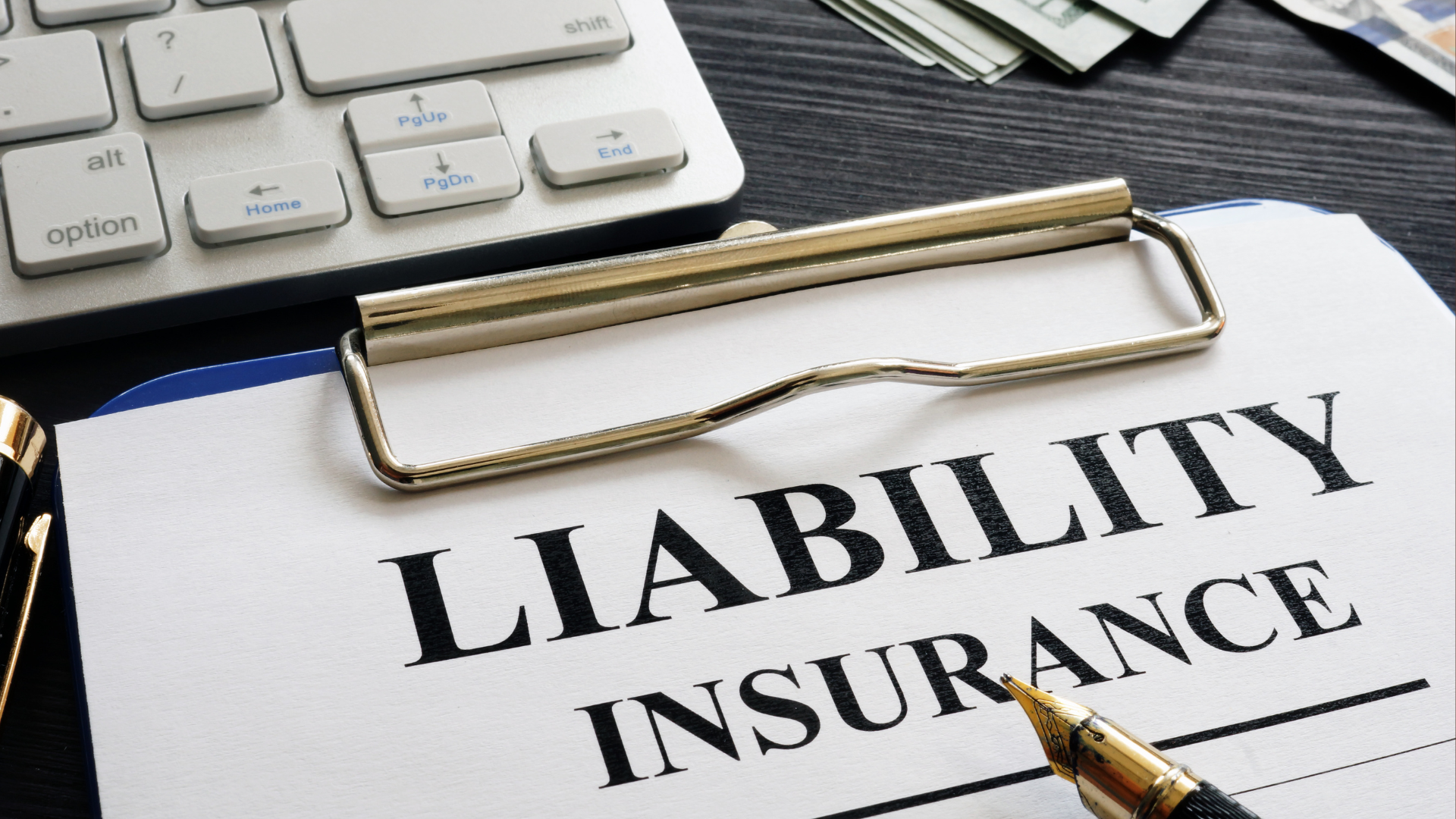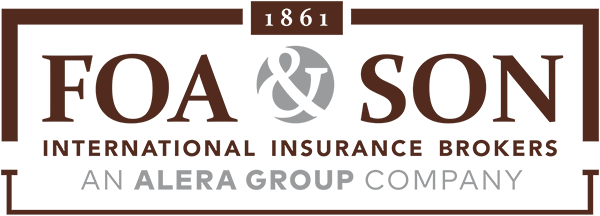
If your career involves providing professional services or counsel, Professional Liability Insurance, also known as professional indemnity insurance, is crucial for safeguarding your assets and reputation against allegations of negligence or mistakes. This coverage, which transfers the professional liability from you to the insurance carrier, is known by various names, including Miscellaneous Professional Liability Insurance, Errors and Omissions (E&O) Insurance, Malpractice Insurance, and Professional Indemnity ― depending on the business sector.
Professionals such as doctors, lawyers, architects, engineers, accountants, realtors, consultants, and brokers typically carry professional liability insurance. Some professionals are legally obligated to secure this coverage. However, anyone offering professional services for a fee, including those in administration, design, government, healthcare, marketing, media, printing, staffing, and technology, can benefit from this protection.
Currently, it’s an increasingly buyer-friendly market for professional liability insurance. Insurers are keen to expand their professional liability business, particularly for attorneys, architects, and engineers. New carriers have entered the market, intensifying competition. Despite fluctuations in previous years, insurance rates have generally stabilized.
According to Business Research Insights, this coverage is expected to grow globally at a compound annual rate of 3.5% through 2028. This growth is attributed to the service-sector economy’s transformation and increased awareness about Professional Liability Insurance.
Professional Liability Insurance Market Update
Earlier this month, Alera Group released a new 2023 Property and Casualty Market Update to share insights gained from July 1, 2023, P&C policy renewals. Here’s what the update reveals about Professional Liability Insurance:
- The outlook for Professional Liability Insurance is stable for most classes of business. Classes that remain challenging are public officials, schools, staffing agencies, franchise businesses, real estate developers and social service agencies.
- Rates are trending relatively flat. Any rate increases will be class- and risk-specific.
- Demand for this coverage has increased, as more types of businesses are required to purchase Professional Liability Insurance.
- New carriers have entered the market, and there is ample capacity and availability, along with increasing competition for quality accounts.
- New programs and products are entering the marketplace as insurers see opportunities for profitable growth.
- Insurers are more willing to consider tougher accounts and specialized coverages, such as contingent bodily injury (BI) and property damage (PD), and contract-specific limits.
Professional Liability Insurance Claim Trends
The phenomenon of “social inflation” – increasingly large jury awards in liability cases ― has driven claim-related expenses beyond the general inflation rate. This trend has also contributed to the rise in “nuclear verdicts” ― higher-than-anticipated court awards or settlements, often $10 million or more.
Architects and engineers are among the newly vulnerable. As an American Society of Civil Engineers legal brief notes, “Courts have been willing to find paths to keep design professionals in cases” in which they previously could “rely on contract provisions, or lack of privity, to avoid exposure and litigation costs.”
For attorneys, claim frequency remains stable, but claim severity has surged. PropertyCasualty360, in its coverage of an Ames & Gough survey of leading legal malpractice insurers, reported earlier this year that, “70% of the surveyed insurers had a claim payout of more than $50 million in the past two years, while three paid a claim in excess of $100 million and two saw claims of $150 million-$300 million.”
Bodily Injury Cases Find New Source to Pay Claims
Traditionally, professional liability insurance claims centered on financial losses stemming from errors or omissions. However, a new trend involving damages has emerged. Insurance Journal article “Skyrocketing Bodily Injury Claims Spill Over to Professional Liability Insurance Market,” notes that after exhausting General Liability Insurance limits in a bodily injury case, claimants have started suing professionals over alleged negligence.
The article cites this real claim scenario: “A property management company was sued after someone was injured at an apartment complex they managed. The claimant successfully argued the property manager was negligent in maintaining the property, thus triggering the professional liability insurance policy and a multi-million-dollar payout.”
Faced with escalating litigation costs and claim expenses, insurance underwriters are intensifying their standards, posing more detailed questions and meticulously assessing the quality of the businesses they consider for professional liability insurance. Professionals seeking coverage should be ready to provide comprehensive information about their business practices and risk management strategies.
Factors Driving Rate Increases for Some Segments
While professional liability rates are relatively stable overall, some segments are seeing increases. Factors driving rate hikes for certain classes include:
- Rising claims costs – Defense expenses and settlement amounts have climbed, fueled by social inflation and nuclear verdicts.
- Tighter underwriting – Carriers are scrutinizing risks more closely, limiting capacity for accounts perceived as higher risk.
- Loss history – Accounts with frequent claims or large losses face steeper rate hikes. A clean loss run helps secure more favorable pricing.
- Poor risk management – Lack of formal protocols can signal greater liability exposure. Strong risk management earns credits from underwriters.
- Industry segment – Areas involving bodily injury exposures often see larger increases.
Ways Professionals Can Control Insurance Costs
Professionals seeking to stabilize or reduce insurance premiums have several options:
- Raise deductibles – Assuming more risk lowers premiums but increases financial exposure for smaller claims.
- Tighten policy language – Endorsements like limiting coverage for specific services can reduce premiums.
- Improve risk management – Documented loss prevention protocols demonstrate commitment to reducing claims.
- Pursue continuing education – Ongoing training shows dedication to honing skills and preventing errors.
- Check loss runs – Clean claims history helps secure more favorable treatment from underwriters.
- Work with an expert broker – An experienced broker partners with top insurers and secures optimal coverage and pricing.
Addressing Common Coverage Gaps
Despite buying insurance, professionals often discover gaps when claims arise. Some overlooked coverage needs include:
- General liability – Needed alongside professional liability to cover bodily injury and property damage claims.
- Cyber liability – Breaches of digital assets require specialized data and network security coverage.
- Employment practices liability – Protects against various employee-related allegations like discrimination.
- Commercial property – Ensures compensation for damage to office equipment, furnishings, and other business property.
- Business interruption – Replaces income lost while restoring operations after a covered loss.
- Commercial auto – Protects against liability and damage involving company vehicles.
Securing Sufficient Limits of Liability
With claims severity rising, securing adequate limits is crucial. Factors to consider:
- Total assets at risk – Limits should align with total assets professionals could be forced to surrender in a large claim.
- Home values – Primary and excess policies should protect homeowners in case judgments exceed business policy limits.
- Jury awards – Review trends in nuclear verdicts in your region and specialty to gauge realistic exposure.
- Loss history – Previously incurred losses hint at what future claims could cost.
- Type of services – High-severity specialties like surgery require insurance towers reaching well into the millions.
- Risk tolerance – Consider the level of financial risk you’re willing to retain through higher deductibles or lower limits.
Key Professional Liability Policy Provisions
Below are vital provisions professionals should review with their broker:
- Claims-made vs. occurrence coverage – Know which type you have and the implications for ongoing protection.
- Retroactive date – Avoid any gaps in coverage for past acts with a full retroactive date.
- Tail coverage – Extends protection beyond policy expiration for claims-made policies.
- Duty to defend – Provides legal defense even for meritless suits.
- Hammer clauses – Requires assumed costs beyond rejected settlement offers.
- Consent to settle – Gives insurers settlement authority without your consent.
- Panel counsel – May limit attorney selection for your defense.
- Definition of professional services – Encompasses all your relevant business activities.
Choosing Between Admitted and Non-Admitted Carriers
Two main options exist for purchasing professional liability insurance:
Admitted carriers:
- Licensed in the state
- Subject to rate regulation
- Backed by state guaranty fund
Non-admitted carriers:
- Operate without a state license
- Not subject to rate regulation
- No guaranty fund backing
- Often have greater underwriting flexibility
The choice involves balancing regulatory oversight with enhanced coverage options. Discuss admitted vs. non-admitted with your broker when evaluating carriers.
Navigating the Excess & Surplus Lines Market
For professionals who can’t secure sufficient coverage from standard carriers, the non-admitted excess and surplus (E&S) market can provide access to expanded limits and specialized coverages. Key considerations when exploring E&S options include:
- Documenting declinations from admitted carriers
- Understanding restrictions and exclusions
- Paying surplus lines taxes and fees
- Selecting stable E&S carriers with expertise in your niche
- Working with a broker experienced in E&S placements
While excess and surplus lines lack admittance guarantees, this market enables qualifying accounts to secure otherwise unobtainable coverage.
The Risk Management Audit Advantage
Risk management audits provide a systematic assessment of professionals’ risk exposures and protocols. Audits offer many benefits:
- Identify coverage gaps
- Highlight areas for improvement
- Generate written risk management plan
- Earn underwriting credits with carriers
- May slightly reduce premiums
- Demonstrate commitment to risk control
- Can favorably influence claim outcomes
- Supplements application details
Partnering with an insurance advisor who conducts audits can significantly strengthen your risk management program.
Preparing for the Professional Liability Renewal
A systematic approach ensures smooth renewals:
- Start at least 90 days prior to renewal
- Review current coverage and track any mid-term changes
- Check for new business activities needing coverage
- Update property values and revenue as needed
- Order and examine loss runs from current and prior insurers
- Outline new risk management initiatives
- Address any insurer recommendations
- Summarize needed coverage enhancements
- Compare multiple carrier options
Thorough renewal preparation enables you to request tailored enhancements aligned with your current risk profile.
The Value of an Independent Insurance Advisor
Selecting an independent broker who represents multiple carriers offers advantages over captive agents. Benefits include:
- Access to numerous top-rated insurers
- Policy review that aligns coverage with your needs
- Risk management guidance tailored for your profession
- Expert negotiation based on market leverage
- Ongoing policy administration and compliance support
- Competitive bidding for optimal pricing
- Completely customized insurance solutions
Partnering with an independent, professional-focused broker provides the expertise and clout needed to secure tailored coverage at favorable rates.
5 Dos and Don’ts of Professional Liability Insurance Policies
Here are five essential considerations when purchasing a professional liability insurance policy. These factors can significantly impact your ability to respond to allegations of negligence. Understanding policy terms and conditions is crucial for making informed decisions about your professional liability coverage.
- Avoid hammer clauses. If your insurer recommends a settlement that you reject, a hammer clause means you become financially responsible for any legal fees and judgments exceeding an initial settlement offer. For example, if you decline a $25,000 settlement recommendation and the case proceeds to trial with a $100,000 judgment against you, you’ll personally cover the $75,000 difference plus legal fees after rejecting the $25,000 offer.
- Add tail insurance. If you have a claims-made policy, secure a tail to extend coverage beyond your policy’s expiration date. Mistakes often surface long after a project ends, and without tail insurance, you risk covering these expenses out of pocket.
- Request defense counsel options. When you file a claim, the insurance carrier may assign panel counsel to respond to covered allegations. Review the panel list and rates during renewal discussions. Some carriers allow for preferred attorneys and rate adjustments. Professionals, especially attorneys, often prefer selecting their legal counsel, which can significantly impact the claims experience.
- Align your limits with your assets. If you have $100 million in assets, consider securing $100 million in liability limits. Opting for lower limits to save on premium dollars can jeopardize your financial stability in the event of a large claim. Choosing higher limits after a loss can significantly increase your premium, often more than if you had originally selected those limits. Additionally, insurers may decline to quote higher limits after a claim. Excess coverage and pricing also depend on the underlying limits.
- Understand the value of “duty to defend.” Even when you’ve done everything right, clients may still be dissatisfied and make unfounded accusations or file suit. Regardless of merit, the duty-to-defend clause in your policy requires that the insurer defend your interests against allegations of error, omission or misrepresentation.
Partner with a Specialized Broker for Your Profession
When selecting an insurance broker, the first question to ask is, “How many clients do you have in my profession?” Ideally, the answer should exceed 100. Every profession comes with niche risks, such as missed statutes and conflict of interest claims for attorneys, or inadequate due diligence when selecting clients for architects. While a generalist may manage a small clientele in the same business class, insurance buyers often find specialists to be a more advantageous choice. Ask targeted questions to ensure that you’re entering the right partnership. A specialized insurance agent will:
- Comprehend your unique risks and offer profession-specific advice;
- Nurture strong relationships with key underwriters who focus on your profession;
- Submit comprehensive coverage applications that present your risk and coverage needs favorably to the most suitable insurers;
- Access customized policy forms from A-rated primary carriers;
- Offer enterprise risk management services tailored for your exposures.
To protect your reputation and assets, partner with a tenured, specialized insurance broker to expertly navigate the current professional liability insurance market.
For more information, reach out to a Foa & Son Trusted Advisor using the link below today.
CONTACT A FOA & SON SPECIALIST


